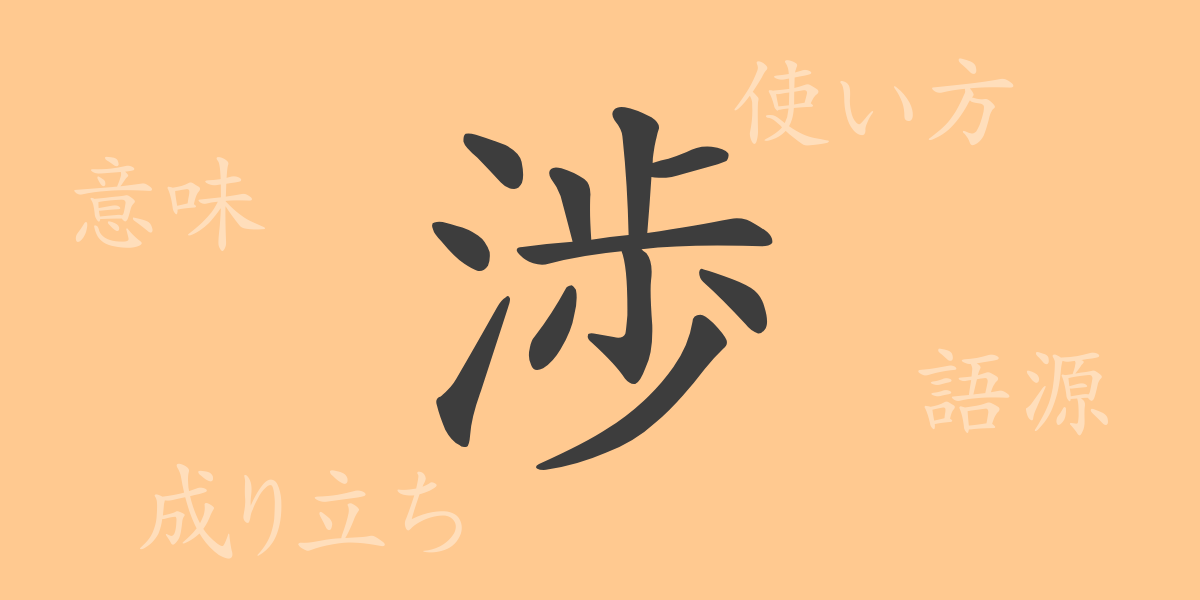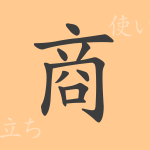The richness of the Japanese language is often captured in its unique script system, where each kanji character embodies deep meanings and historical significance. “渉(しょう)” is one such character, frequently encountered in various aspects of daily life. This article delves into the origins, meanings, uses, and related idioms and proverbs of the kanji “渉(しょう)”.
Origins of 渉(しょう)
The kanji “渉(しょう)” originated from an ancient Chinese pictograph that depicted the act of crossing a river. It combines “止”, representing a person’s feet at the water’s edge, with “氵(さんずい)”, which signifies water. Over time, the character evolved from representing the physical act of crossing to embodying more abstract concepts.
Meaning and Usage of 渉(しょう)
“渉(しょう)” conveys meanings such as ‘to cross’ and ‘to involve oneself with’. It refers not only to physical movement but also to extensively engaging or participating in something. This kanji enriches Japanese expression, making it applicable in various contexts.
Pronunciation, Stroke Count, and Radical of 渉(しょう)
The kanji “渉(しょう)” is important for understanding fundamental aspects of its appearance and use in Japanese:
- Pronunciation: On’yomi (音読み) is “ショウ”, kun’yomi (訓読み) is “わた.る”.
- Stroke Count: “渉(しょう)” consists of 12 strokes.
- Radical: The radical of “渉(しょう)” is “氵(さんずい)”, related to water.
Phrases and Idioms Using 渉(しょう) and Their Meanings
There are numerous idioms and phrases involving “渉(しょう)”, each carrying unique implications:
- 交渉(こうしょう): Negotiating or discussing matters with others.
- 練達渉猟(れんたつしょうりょう): Extensively reading and researching a wide range of books and topics.
- 渉外(しょうがい): Handling communications and coordination with external organizations or bodies.
Summary on 渉(しょう)
The kanji “渉(しょう)” enriches the Japanese language both in form and meaning. It plays a significant role in daily life and culture, deeply embedded in various expressions and idioms. Understanding the history and meanings encapsulated in “渉(しょう)” allows for a deeper appreciation of the beauty of the Japanese language.

























